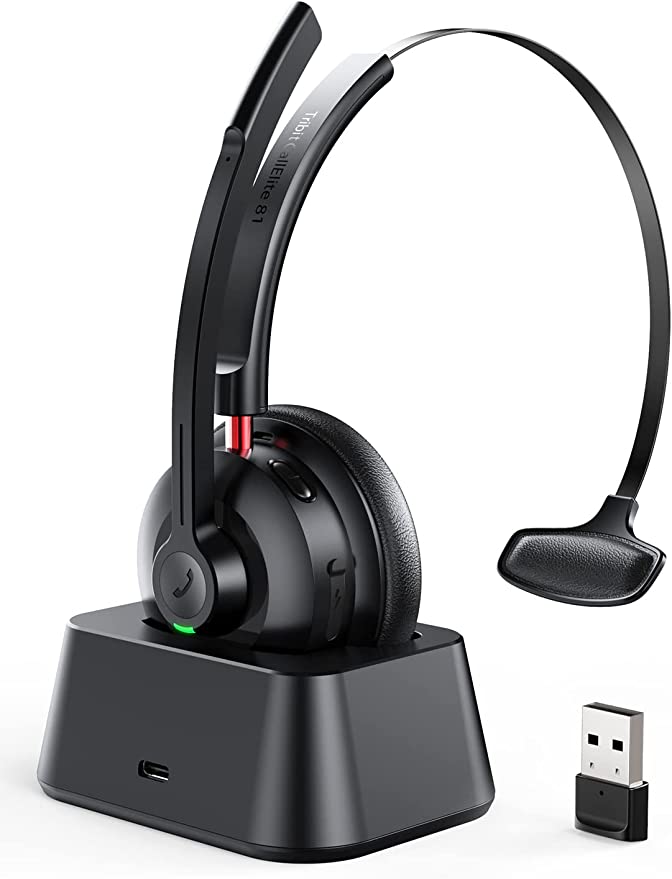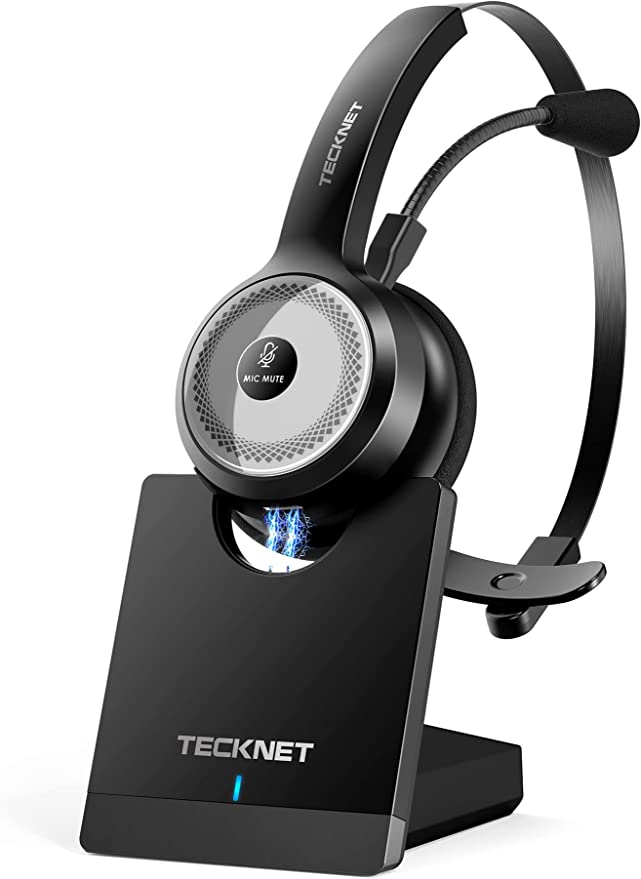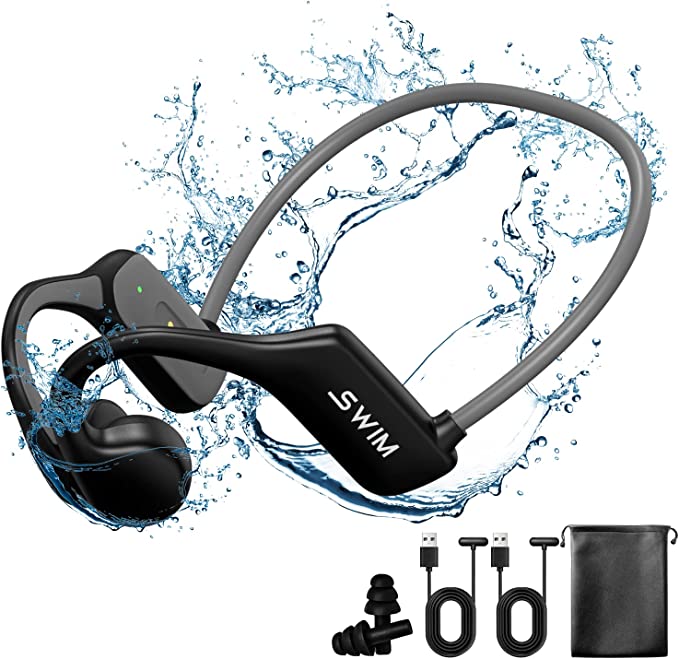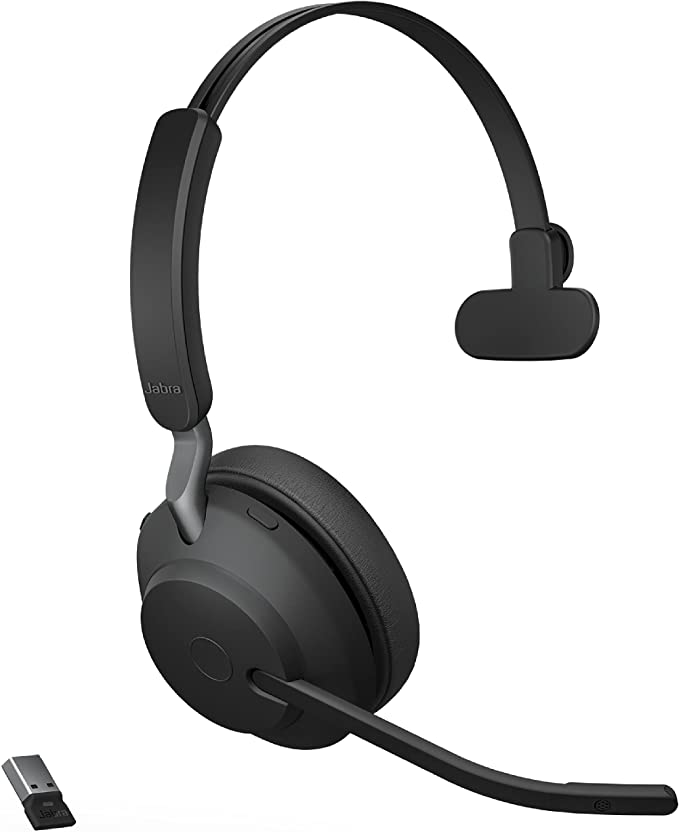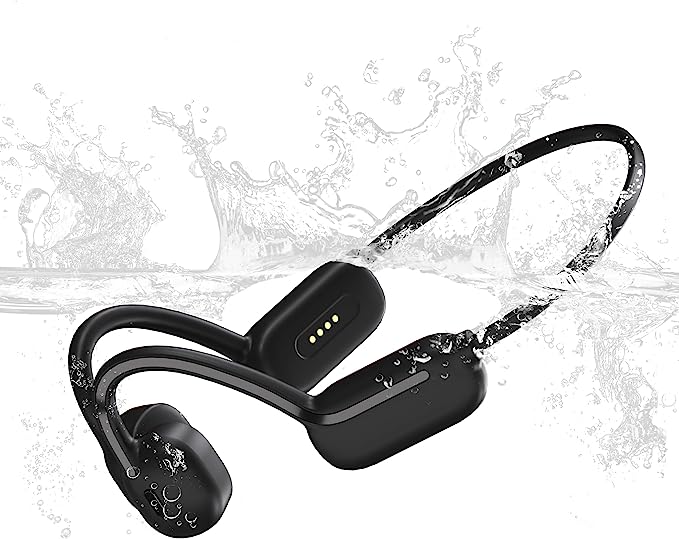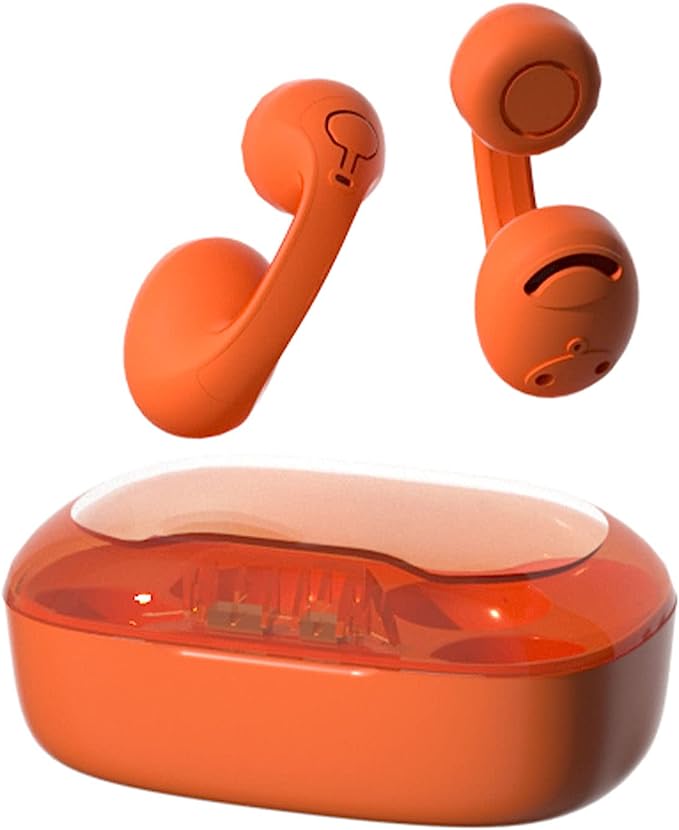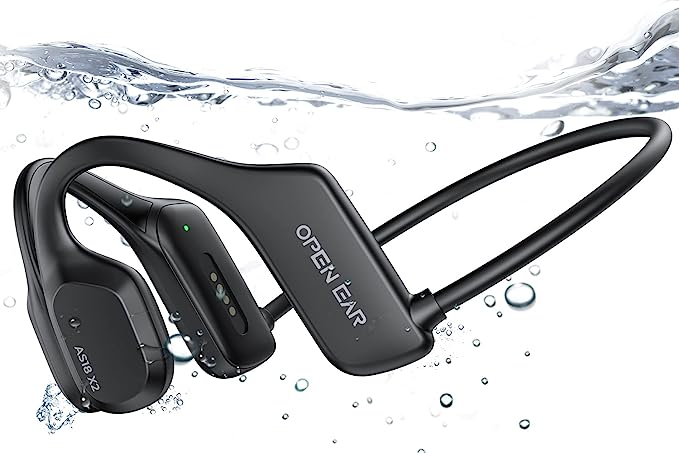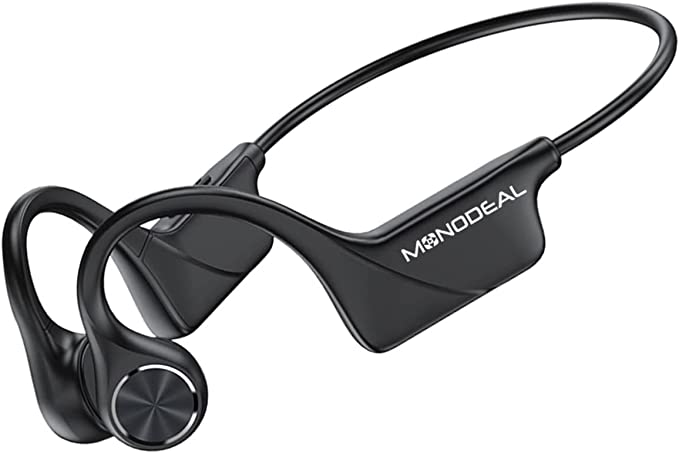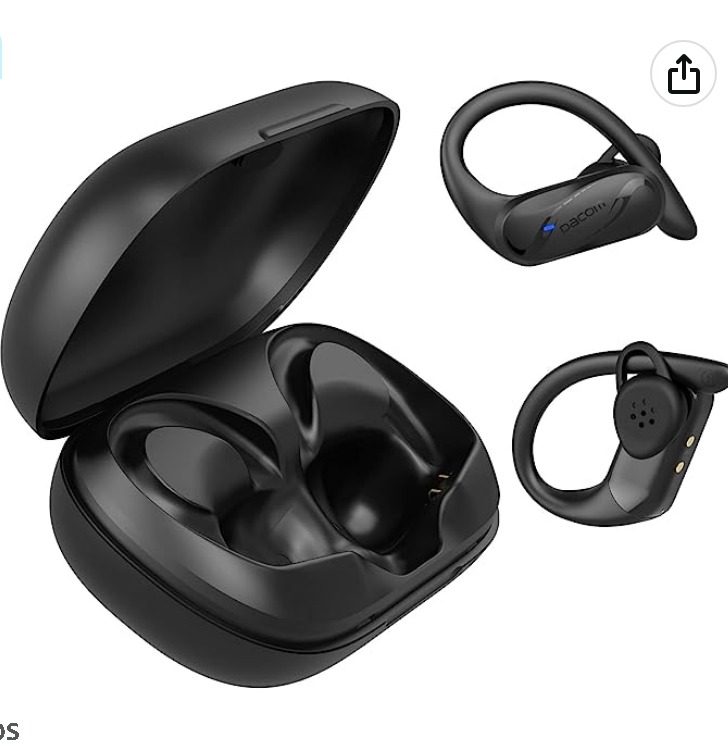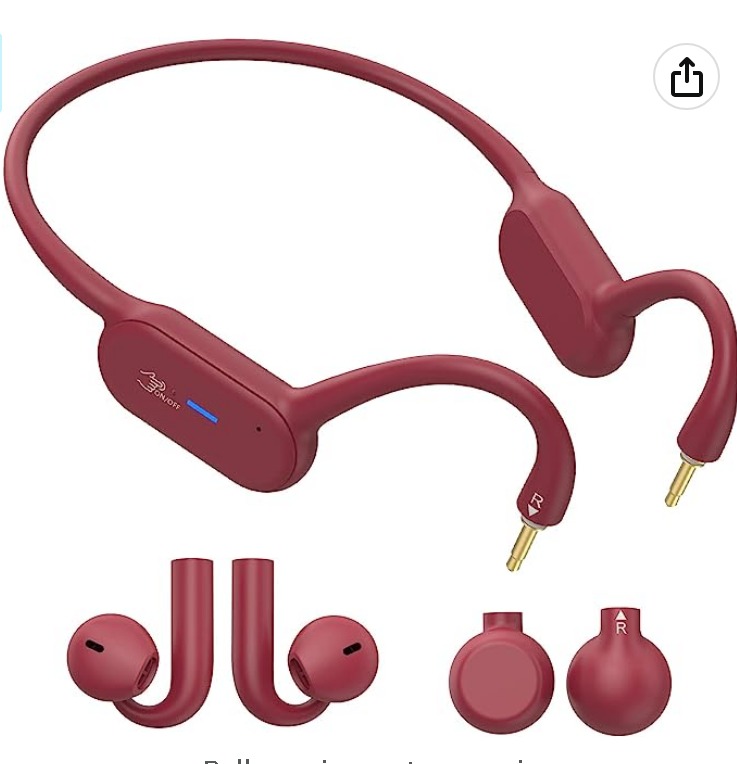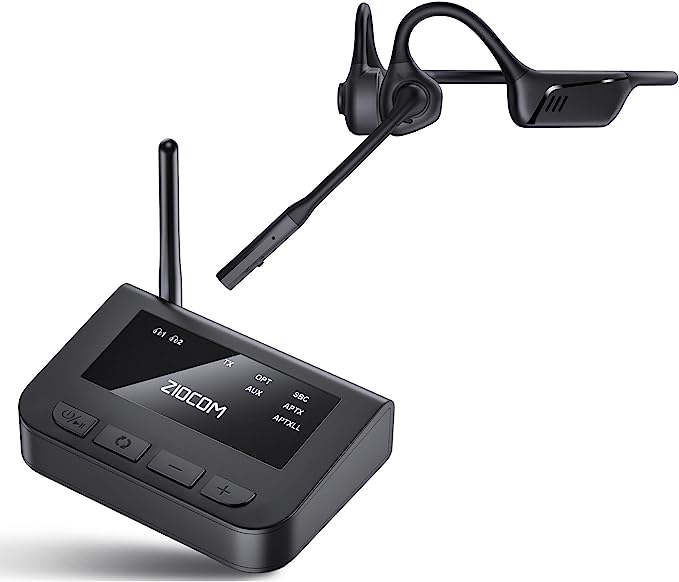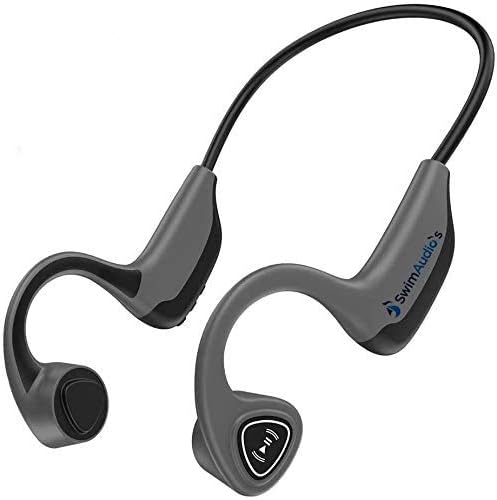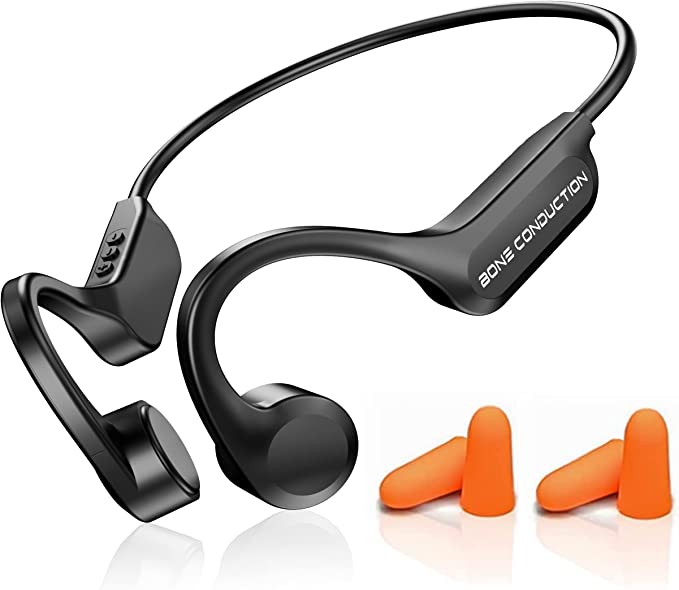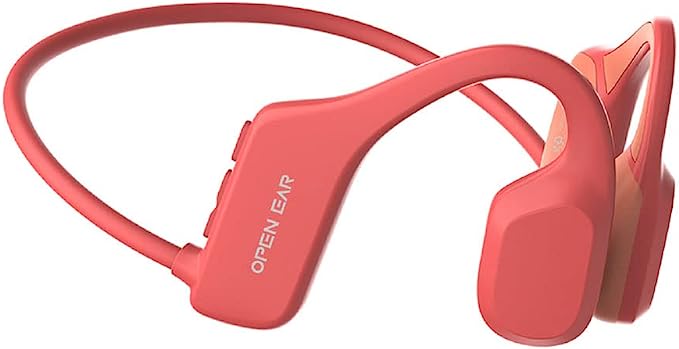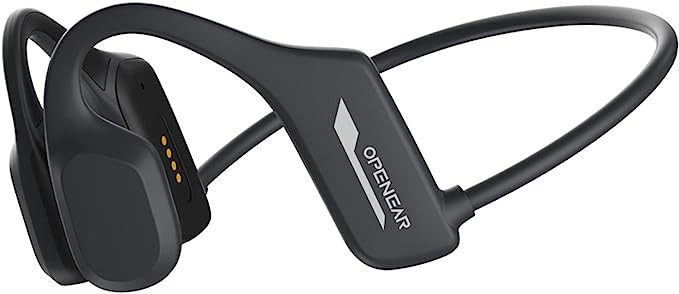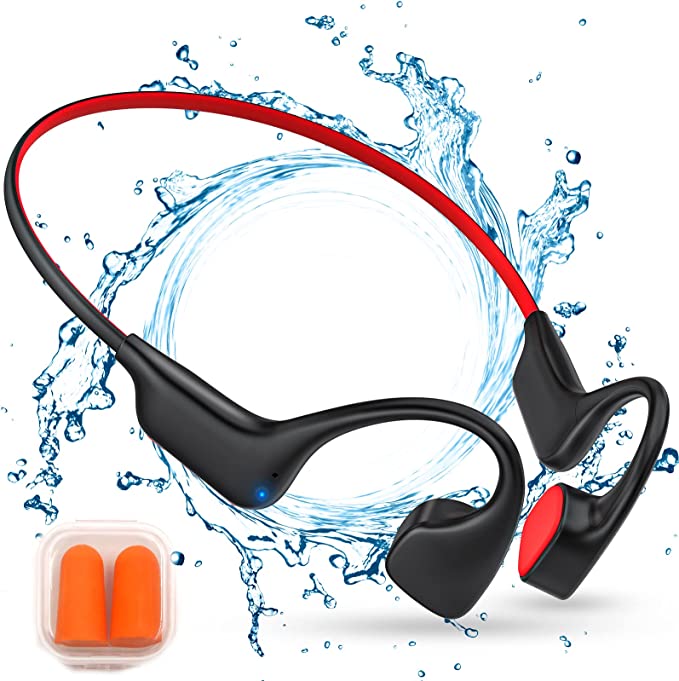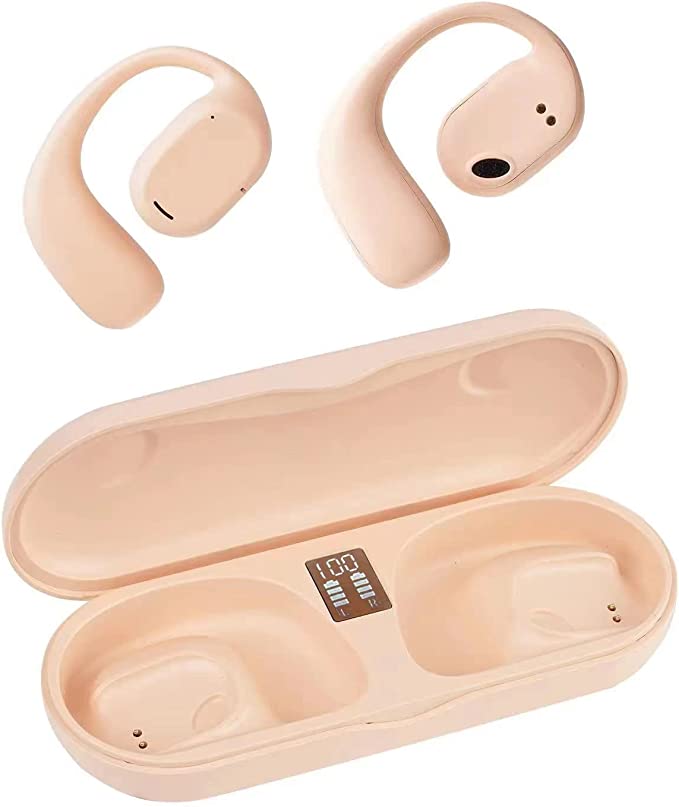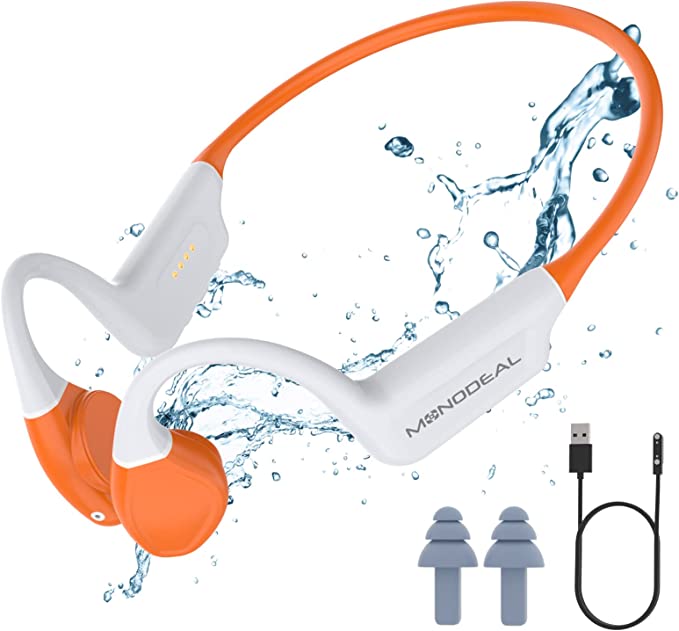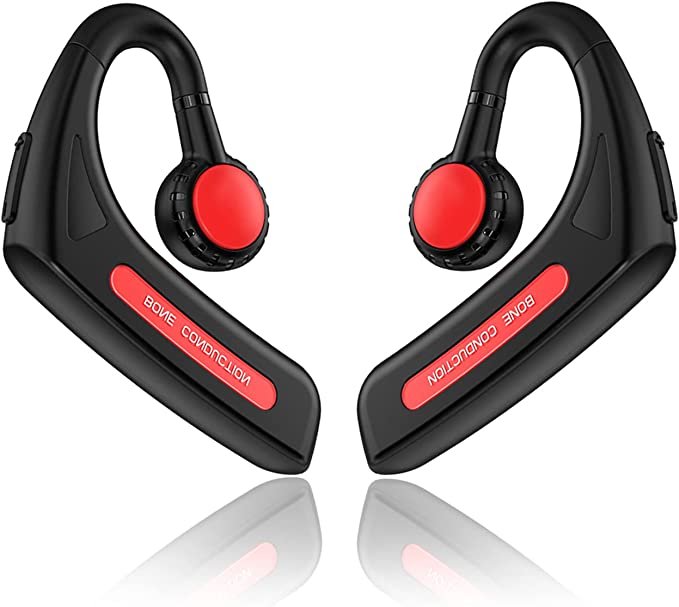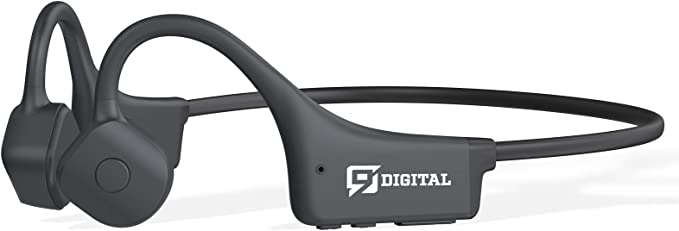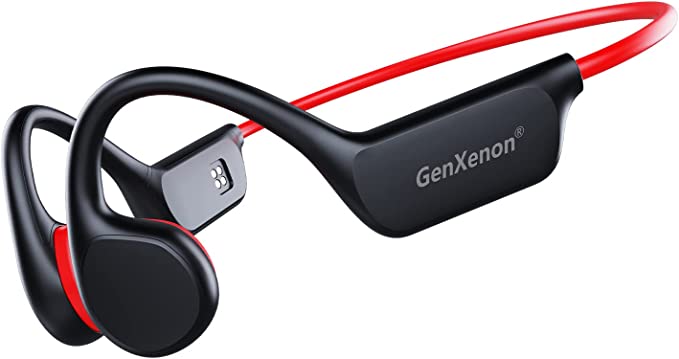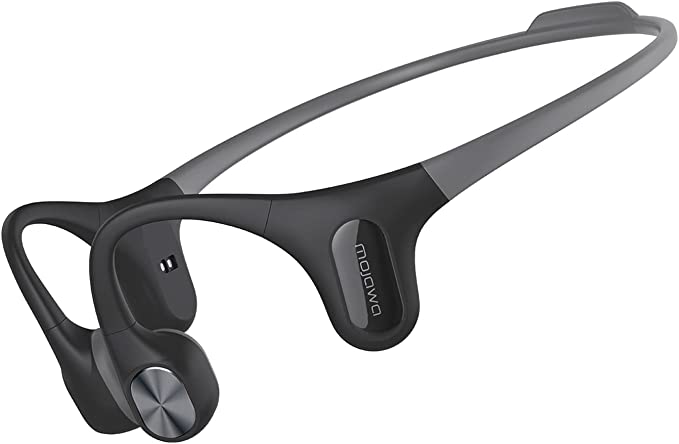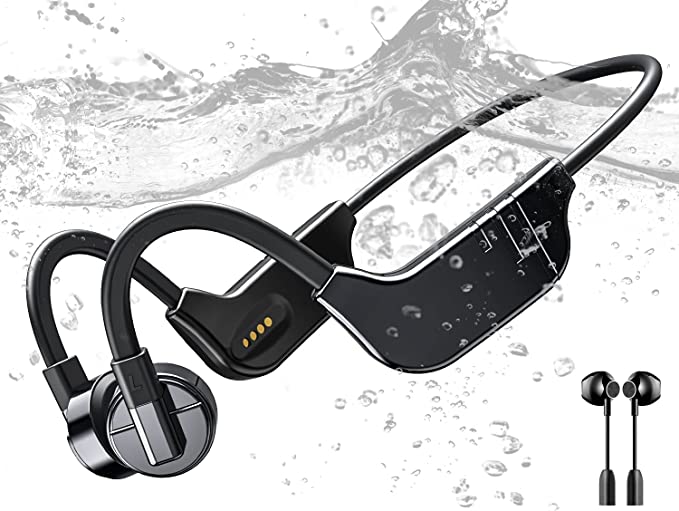MAIRDI M100V Bone Conduction Headphones: Hear Clearly, Stay Aware
Update on Sept. 22, 2025, 3:35 p.m.
It’s a familiar, almost instinctual, act. You’re walking down a busy street, lost in a podcast, and you approach an intersection. You pull out an earbud. You need to hear the traffic, the world outside your audio bubble. It’s a trade-off we make constantly: immersion for awareness. We’ve been taught that hearing happens exclusively through our ears, that to listen to one thing, we must block out another.
But what if that fundamental assumption is wrong? What if there’s a second, parallel pathway for sound to reach our consciousness—one that bypasses the eardrum entirely, leaving our ears open to the world? This isn’t science fiction; it’s a fascinating, century-old principle called bone conduction, and it’s quietly reshaping our relationship with sound.

The Sound You Can Feel
To understand how radical bone conduction is, it helps to quickly revisit how we normally hear. Sound is vibration. Typically, these vibrations travel through the air, are funneled into our ear canal, and strike the eardrum. This sets off a delicate, chain-reaction Rube Goldberg machine of tiny bones—the malleus, incus, and stapes—which amplify the vibrations and deliver them to the cochlea, the snail-shaped, fluid-filled organ in our inner ear. There, the vibrations are finally translated into electrical signals our brain interprets as sound. This is air conduction.
Bone conduction takes a stunningly direct shortcut. It skips the eardrum and middle ear entirely. Instead, it sends vibrations through the bones of your skull directly to that same cochlea.
This phenomenon isn’t new. In fact, one of history’s most brilliant musical minds, Ludwig van Beethoven, was a pioneer. As his hearing loss worsened, he reportedly discovered he could hear the notes from his piano by biting down on a metal rod attached to the instrument. The vibrations traveled from the piano, through the rod, through his jawbone, and into his inner ear. He was, in essence, listening through his skeleton.
What was a desperate solution for Beethoven is now a deliberate design choice in modern audio devices. Take a product like the MAIRDI M100V headset. Instead of buds that go in your ears, it has two small transducers that rest on your cheekbones, just in front of your ears. When music plays, these pads vibrate gently, sending soundwaves through your temporal bone to the cochlea. The result is uncanny: you hear the audio clearly, almost as if it’s originating inside your head, while your ear canals remain completely unobstructed. You can listen to a conference call and still hear your doorbell, a colleague asking a question, or an approaching car. It’s not about multitasking; it’s about coexisting with two streams of sound—one digital, one physical.

The Engineer’s Dilemma: Chasing Bass and Curing Bleed
This elegant solution, however, presents engineers with a unique set of physics problems. Transmitting sound through a solid (bone) is very different from transmitting it through air. The first and most famous challenge is bass. Low-frequency sounds have long, powerful waves that are difficult to replicate through small vibrations on the skull. Early bone conduction devices often sounded thin and tinny.
This is where clever engineering comes into play. It’s a classic example of working within the constraints of physics. To solve the bass problem, designers can’t just “turn up the volume.” Instead, they have to enhance the vibration itself. The MAIRDI M100V, for instance, incorporates what it calls an “exclusive bass vocal vibrator.” This is essentially a dedicated transducer optimized to produce a more palpable, haptic vibration for low notes, attempting to give the brain the powerful bass cues it’s missing.
Another challenge is sound leakage. If the transducers are vibrating, won’t people nearby hear a faint, buzzing version of your music? Yes, they can. The engineering solution is to manage those vibrations meticulously. By creating a fully sealed cavity around the transducer, designers can direct more of the vibrational energy toward the bone and less of it into the surrounding air, minimizing what others can hear. It’s a delicate balancing act—a constant trade-off between volume, sound quality, and privacy.

The Cocktail Party Problem: How to Be Heard in an Open World
There’s a beautiful paradox at the heart of the open-ear design. If you can hear everything around you, then during a phone call, won’t the microphone pick up everything around you, too? How can you provide a clear voice to the person on the other end if your headset is designed to not isolate you from noise?
This is known in audiology as the “cocktail party problem”: the brain’s remarkable ability to focus on a single voice in a room full of chatter. For decades, engineers have been trying to replicate this feat with technology. The solution in a device like the M100V is a sophisticated system of AI-powered noise cancellation, but it’s crucial to understand that this isn’t noise cancellation for you, the listener. It’s for the person you’re talking to.
It works through a two-pronged attack of hardware and software. First, the hardware: an adjustable boom microphone. Physics dictates that the closer a microphone is to a sound source (your mouth), the stronger that signal is compared to background noise. This gives the system a huge head start. Many designs use a dual-microphone setup—one mic pointed at your mouth to capture your voice, and another pointed away to capture the ambient sound of the room.
Second, the software. This is where the “AI” comes in. The headset’s processor analyzes both audio streams in real-time. Using algorithms trained on thousands of hours of speech and noise, it learns to identify the unique waveform patterns of the human voice and differentiate them from the chaotic patterns of background clatter—keyboards clicking, dogs barking, traffic rumbling. It then subtracts the identified “noise” signal from the primary “voice” signal, leaving your speech remarkably clear and isolated. It’s a computational marvel, a miniature audio engineer living in your headset, constantly cleaning up your sound before sending it across the world.
More Than a Headphone: A Shift in How We Interact
When you combine these technologies—an open-ear design for awareness, clever engineering to enhance audio, and intelligent noise cancellation for clear communication—you get more than just a new type of headphone. You get a tool that fundamentally changes how we integrate digital audio into our physical lives.
The lightweight design, often using materials like titanium for a balance of flexibility and durability, and a battery life that can last a full workday are not just features; they are enablers. They make it possible to wear such a device for hours on end, seamlessly blending work calls, music, and real-world interactions without the constant plugging and unplugging of traditional earbuds. It signals a move toward technology that serves as a subtle layer over our reality, rather than a wall that separates us from it.
The future of personal audio may not be about creating more perfect, isolated soundscapes. It may be about finding more elegant ways to weave sound into the fabric of our lives, keeping us connected to both our digital worlds and the vibrant, unpredictable, and often beautiful world right in front of us. Hearing, after all, has always been about more than just what enters our ear canals. It’s about understanding our place in the space around us.
